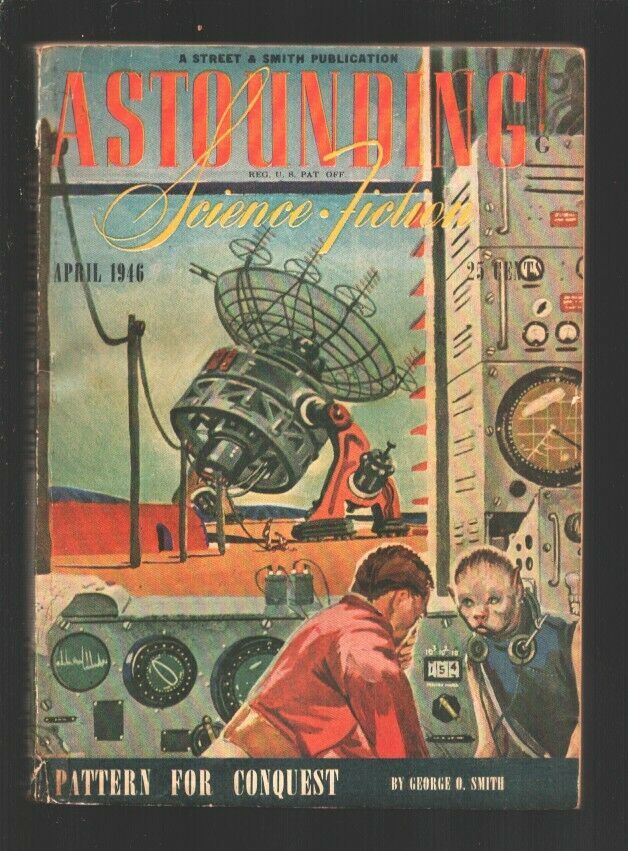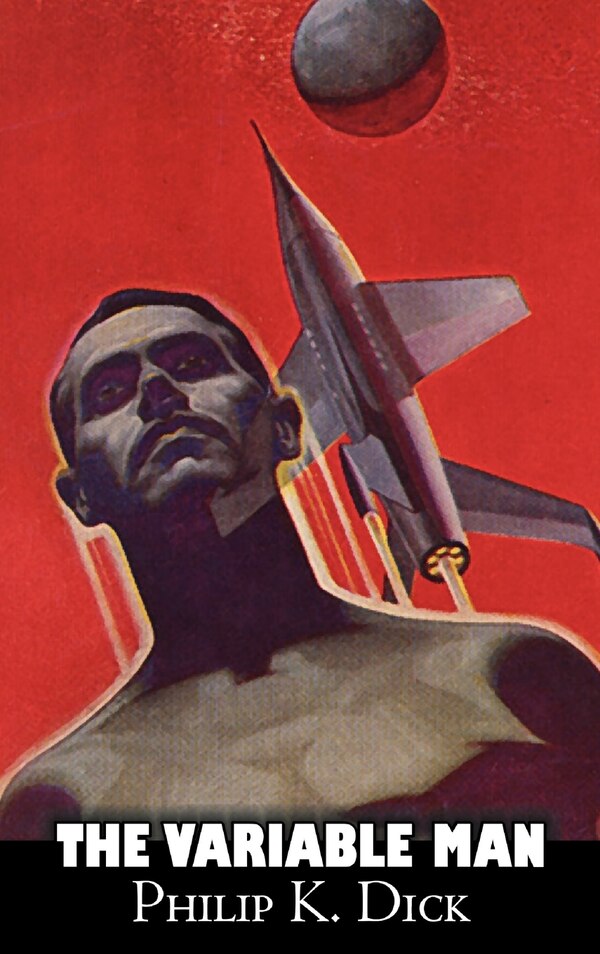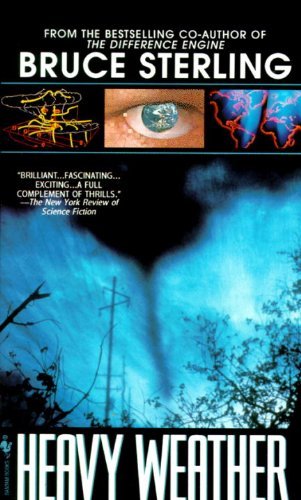Only the discovery of fire, the creation of numbers, the establishment of the alphabet and the invention of the wheel, are above cryptocurrencies in the hierarchy of historical events, am I exaggerating?… I don’t know, but history will answer.”
Gw

Cryptocurrencies are a boon to the populorum and a resource of distress to others (the big financial institutions). The interesting thing is that the idea of a form of electronic currency was already in the imagination of some science fiction authors, and there is nothing strange about that, since it is clear that science fiction, in many of its facets, colors and styles, has a quintessential predictive aspect towards the future of humanity. In some cases as a form of high aspiration, a poetic vision of the present or really a vision, almost always without falling into technological specifications, that would be work for engineers, but first things first, to create something, first you have to imagine it, which is the work of science fiction.
Visions of the future

Since the beginning of the 20th century, the fascination with the world of the future, or what they considered to be the future, such as the year 2000 (subtly laughable to us… already being history in our perspective) and of course, towards the distant future. The world of the future, which is the usual scenario of scifi, encompassed many common topics such as space travel, astroengineering, wars, theft, human augmentation, etc., but among some of them we have communication over long distances in its multiple topics although sometimes not necessarily technological: telepathy, remote viewing, sending superluminal data, as well as telepresence.

Telepresence is one of the pillars of the world of the future, that is, the ability to be in another place than one is currently, that is, to perceive, hear, see, smell, and interact in a distant environment, something that we partially have, at least in the visual and auditory part, which would be enough to communicate effectively either: chatting, debating, discussing, presenting a show, doing a video conference,… or also,Selling and buying, here would lead us to the need for some electronic online shopping system, because after all, you have to give to receive, that’s how commerce has been since the beginning of time. However, until the mid-50s, science fiction was an adaptation of society’s fears and expectations in very imaginary futuristic environments, things like putting westerns in space, explorers fighting with very strange aliens, alien invasions, usually in logic very linear and simple stories, without delving so much into the workings of technology and without so much technobabble.

An electronic online shopping system in the distant 1920s or 1930s was not even science fiction, because the concept was not even imagined, the closest thing to that was to make a purchase request by phone or telegraph, by then, our money could only be in two places: either hidden somewhere outside the bank(under the pillow) or precisely in the bank, where things were dealt with by hand, with notes in a bank book, with wet stamps to give authenticity, bank papers to give credits, forms to make loans, a postal mail to carry information from one branch to another, all of them usually tedious processes, although at that time there was the telegraph, the radio, the telephone to assist in financial and commercial communication but it was still technological instruments that were in their infancy.

By the 1950s, the digitization of data was an important step, dealing with the consequences of World War II but at the same time new technologies such as the transistor and the first computer systems matured, with punched cards as a basis for developing customer databases, which were eventually replaced by magnetic tapes in the following decade and the incorporation of computers capable of making calculations of interest, record of transactions, balance of payments, this made banks essential institutions in the economy. However, this had a disturbing hegemonic undertone, which some realized.
The New Sci Fi Wave
By the 60s and 70s, banks were already monolithic institutions that could be small, medium or in some cases not only banking corporations but also investment corporations that provided services on a global scale, in their multiple transactions: checkbooks, SWIFT system, credit cards, stocks, stock exchange, and others, that hegemonic seed made many authors and futurologists think about the evolution towards the future of these institutions. Almost always in a rather dystopian background. Because after all, banking institutions would be an arm of the Big Brother-type hegemonic government album as in the novel 1984, this theme is present in novels of a new subgenre known as cyberpunk.

Phillip K Dick, in his novel The Variable Man (1953) already told an interesting story about a unique machine capable of making complicated calculations to execute precise orders directly, without the intervention of third parties. The interesting thing is that it was thought that this could happen in the future due to the computational advances of that time, but the reality proved to be much more interesting, the cryptocurrencies of our era do not happen in a monolithic machine but a worldwide network system or a computational cloud that works without human intervention.

In Sterling’s novel “Heavy Weather” (1994), he described a curious operation in which some mafias created their own private electronic currencies to make payments in a way that would be untraceable by some conventional bank, thus, far from the long arm of justice or government espionage. This refers to a sine qua non characteristic present in cryptocurrencies, which is their decentralized capacity and independence from government institutions, or eventually, from any human manipulation.

Criptonomicon (1999) is the literary work closest to the current crypto ecosystem that we have today, establishing the cryptographic and computational characteristic of cryptocurrencies, the work is presented to us with a refined technical content with references to a certain language, programming language and computer security, even alluding to real places or characters. This wonderful work possibly influenced in some way, the development of cryptocurrencies, but it would not be clear, because already the need for web commerce on the internet was evident, the internet in the 90s was growing rapidly and websites like amazon came online in 1997, despite that, surely this wonderful work should have been on the list of novels read by Satoshi Nakamoto.



Thank you for your sharing. I am worried that I lack creative ideas. It is your article that makes me full of hope. Thank you. But, I have a question, can you help me?